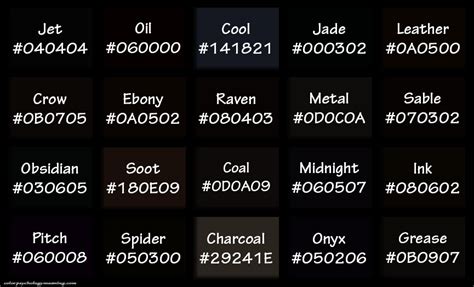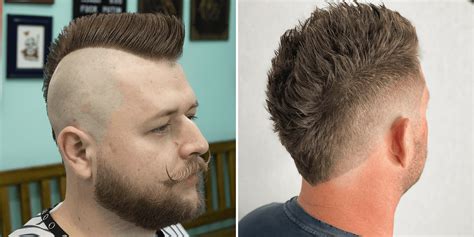Introduction

Are you contemplating a bold hair transformation? Look no further than the faux hawk and Mohawk, two daring and distinctive hairstyles that have captured the hearts of rebels and fashion enthusiasts alike. But which one reigns supreme? Let’s delve into the world of these hairstyles and uncover their unique characteristics, pros, cons, and step-by-step styling techniques.
Section 1: Characteristics and History
Faux Hawk
- Created by blending the shaved sides of a Mohawk with the longer hair on top.
- Named “faux” (false) as it resembles a Mohawk but lacks the complete removal of hair on the sides.
- Often styled with a more refined and textured finish compared to the Mohawk.
Mohawk
- Characterized by a strip of hair running from the forehead to the nape of the neck.
- Sides are shaved, creating a stark contrast between the long central ridge and the short sides.
- Some variations include the Liberty Hawk, which features a wider and shorter central strip, and the Pompadour Hawk, which incorporates a pompadour-style top.
Section 2: Pros and Cons
Faux Hawk
Pros:
- Versatile and flattering for most face shapes.
- Can be styled with various textures and lengths.
- More adaptable to different hair types than the Mohawk.
Cons:
- Requires regular trimming to maintain the desired shape.
- Can be challenging to style without teasing or using products.
Mohawk
Pros:
- Edgy and rebellious style that turns heads.
- Low maintenance compared to the faux hawk.
- Can be customized with accessories like spikes or feathers.
Cons:
- Not suitable for all face shapes and hair types.
- May be considered too extreme for professional settings.
- Requires frequent touch-ups to prevent uneven growth.
Section 3: Styling Techniques
Faux Hawk
- Wash and towel-dry your hair.
- Apply a styling gel or mousse to create hold and texture.
- Brush your hair upwards from the roots.
- Use a hair dryer to set the style and tame flyaways.
- Add a touch of hairspray to enhance longevity.
Mohawk
- Shave the sides of your head to your desired length.
- Apply a pomade or styling wax to the central ridge.
- Backcomb the hair at the base of the ridge to create volume.
- Use the styling product to slick down the ridge.
- Secure the style with hairspray.
Section 4: Which is Right for You?
Consider your lifestyle:
- If you seek a hairstyle that is both edgy and practical, the faux hawk may be a better choice.
- For those who embrace the rebellious spirit of the Mohawk but prefer low maintenance, the Mohawks is an ideal option.
Consider your hair type:
- The faux hawk is more adaptable to curly or thick hair types.
- The Mohawk works best with straight or fine hair.
Consider your face shape:
- The faux hawk is flattering for oval, round, and square face shapes.
- The Mohawk is best suited for angular or heart-shaped faces.
Conclusion
The faux hawk and Mohawk are both iconic hairstyles that cater to different tastes and lifestyles. While the faux hawk offers a versatile and approachable balance of structure and length, the Mohawk delivers a bold and rebellious statement. Ultimately, the best style for you depends on your individual preferences, face shape, hair type, and lifestyle. So embrace the power of these edgy hairstyles and let your inner rebel shine through!
